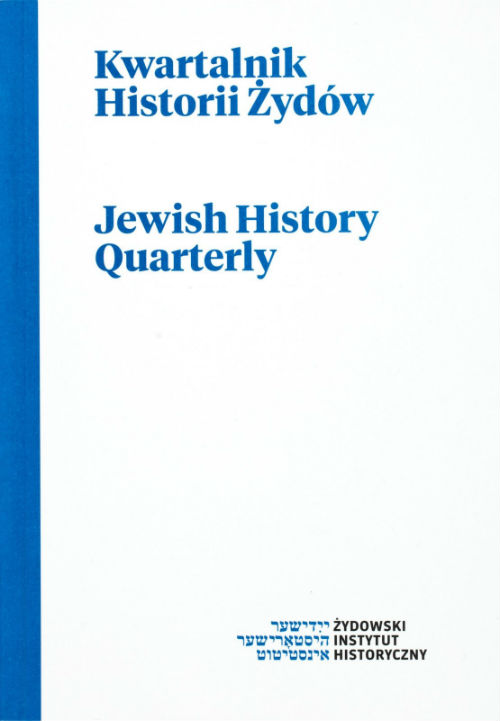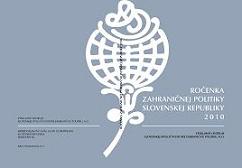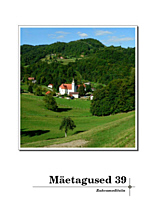Rodzina żydowska w Wolsztynie w latach 1875-1914 na podstawie akt stanu cywilnego
Author(s): Karolina Filipowska / Language(s): Polish
/ Issue: 02/2014
Keywords: Wolsztyn; historical demographics; Jews; Greater Poland
The subject of this article is a Jewish family from Wolsztyn (Wollstein) from the years 1875-1914. This was a time when, after two centuries of growth, the Jewish community in w Wolsztyn began to shrink, and so did its significance to the town’s life. Until the mid-19th century this was one of the most populous communes in south-western Greater Poland. The study was based on records from the registrar’s office.
While they were viewed as belonging to modern Western societies from the demographic point of view, Wolsztyn Jews remained conservative in other respects. Despite the fact that the emancipation process was completed many years ago, they remained faithful to traditional Jewish occupations, which means they did not differ greatly from the Jews from the Poznań region. Merchants and traders predominated among Wolsztyn Jews, followed by independent craftsmen. Occasionally one could come across an owner of a larger business.
From the demographic point of view, Wolsztyn Jews fit well in the West European social patterns. In the case of marriages this means that men do not start a family until they are 30 years old or so, and the women enter into matrimony at or above the age of 24, the age difference between the bride and groom is rather small and the ratio of remarriages is low. The fact that the Wolsztyn Jews leaned toward the modern model was also confirmed by the low fertility and mortality rates: the birth rate should not exceed 38 per 1000 inhabitants, while in Wolsztyn it did not exceed 30.
Although the authors writing about Wolsztyn wanted to view them as Germans of Mosaic faith, it appears as though the process of their acculturation was only beginning. This could be seen in the selection of names of the newborns, which were less and less likely to be traditional “Jewish” names. Nonetheless, religion and ethnic background continued to be the most important thing for the Jews in Wolsztyn, both when choosing their life partners and friends. Several decades after the end of the emancipation process in the Prussian state, only one mixed marriage was recorded in Wolsztyn. This begs the question whether this was a closed community, only maintaining closer contacts with fellow believers, or whether they were isolated by other residents of the town.
The author ends her analysis with the year 1914. On 5 January 1919, Polish insurgents captured Wolsztyn and began taking over power. The town’s German residents began to leave. Wolsztyn Jews were leaving the land for quite some time by then. After World War One, only a handful of them remained in town. The most important contributing factor was not high mortality but the emigration of young people, which resulted in a significant aging of the population. It then comes as no surprise that fewer and fewer Jewish births, marriages and deaths were recorded by the registrar of Wolsztyn.
More...



